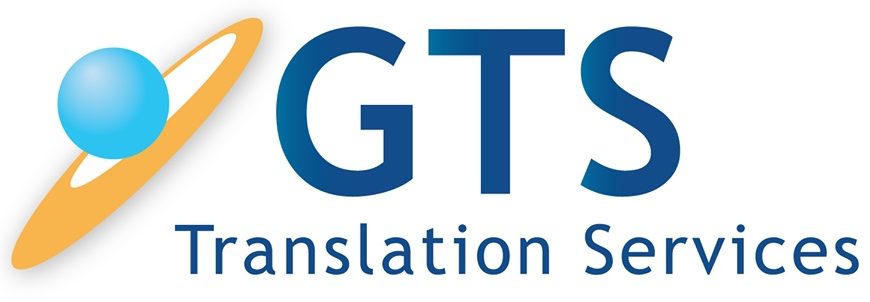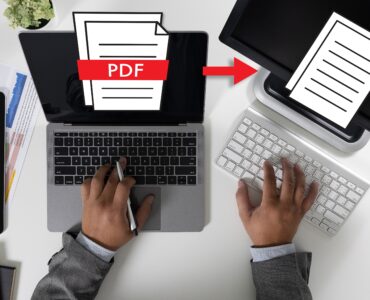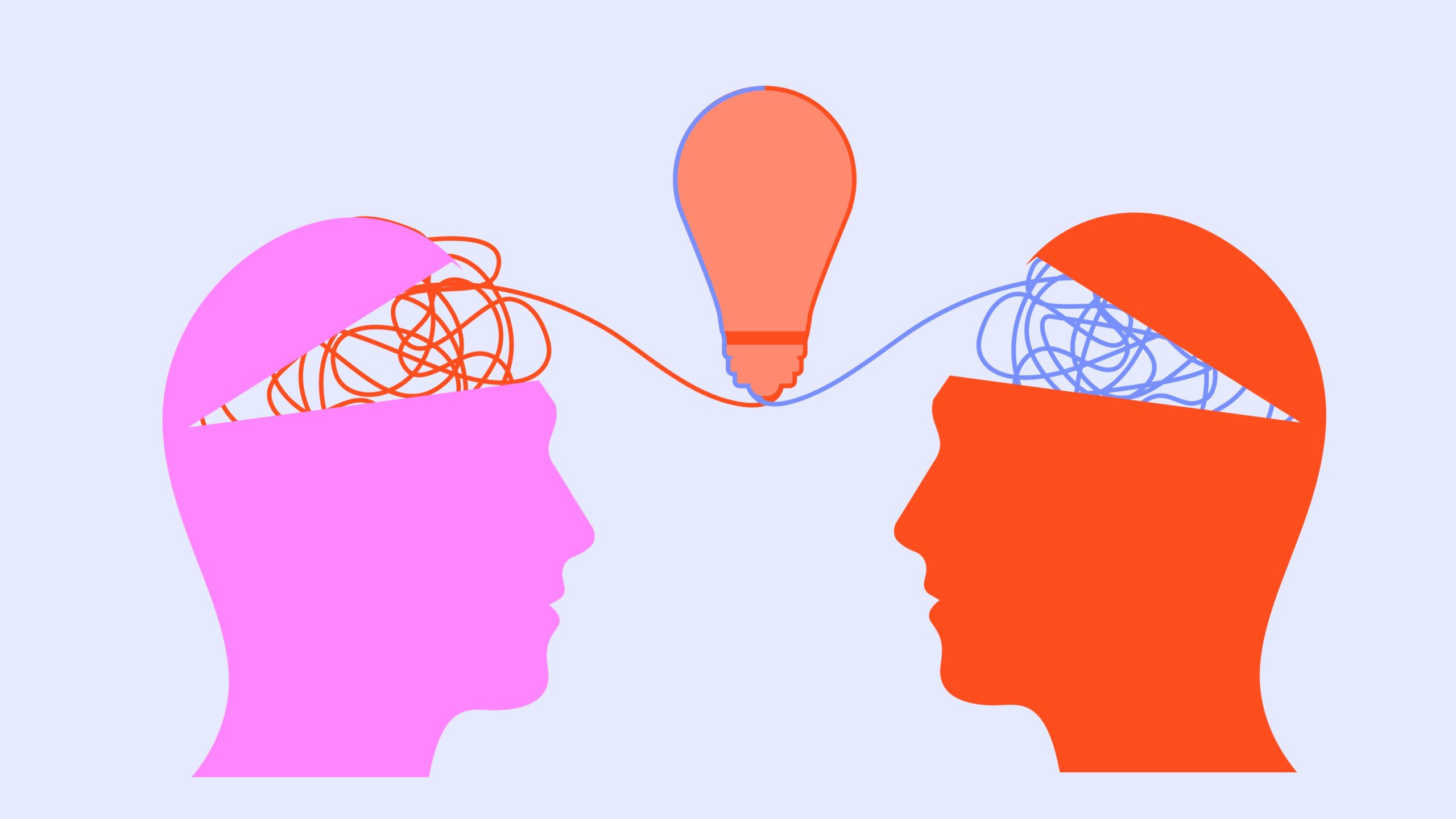by David Grunwald
The AI revolution is shaking up the translation industry. New machine translation engines and AI tools are improving at lightning speed, and everyone — from freelancers to large LSPs — is feeling the impact. Many translators are worried about their livelihoods, while smaller agencies are facing clients who expect instant, low-cost AI output.
But what if I told you that there is a way for you to keep competitive, stay relevant and outperform AI? And it is something very simple which you may be overlooking. I am talking about an old tech called Translation Memory (TM). People may tend to be overlooking TMs which I feel may be a tool which is better in many use cases than MT/AI.
What Is a Translation Memory (TM)?
A Translation Memory is a linguistic database that stores previously translated sentences or segments. Each time a translator works on a new project, the CAT tool automatically retrieves matching or similar segments from the TM, reducing time, cost, and the risk of inconsistency.
Unlike machine translation, a TM stores sentences and phrases that have already been translated and approved by human linguists. Often under ISO-certified workflows. Every new project becomes faster, more consistent, and more cost-efficient as the TM grows. And because the content originates from real client-approved translations, quality and terminology are inherently reliable.
Kicking AI in the Butt
In regulatory and technical fields like Safety Data Sheets (SDSs), medical device IFUs, and technical manuals, TMs consistently outperform MT by ensuring that compliance language and terminology remain stable across updates and revisions.
And even if the TM is not heavily populated, certain documents have a high repeat factor. Translate it once and you translated a lot more. Unlike MT which may be inconsistent.
Why TM Still Beats MT/AI in Many Workflows
1. Proven Quality
TM content is created by professional linguists under quality-controlled workflows, often ISO 17100-certified. Each segment in a TM represents a sentence that was reviewed, approved, and accepted by the client. MT output, on the other hand, is generated by algorithms that can misinterpret or introduce subtle errors — especially acute in regulated industries.
2. Consistency and Terminology Control
A Translation Memory ensures that the same phrase is always translated the same way. This is crucial for product documentation, user manuals, or legal materials where every term must be consistent across hundreds of pages. AI tools often produce different translations for the same phrase in different contexts, leading to confusion and rework.
3. Compliance and Traceability
In fields like chemical safety, medical devices, and regulatory affairs, clients must be able to trace exactly when and how a translation was created. TMs preserve that audit trail. With MT, there’s often no reliable record of source or reviewer — a serious compliance issue in audits and regulatory filings.
4. Efficiency in High-Repeat Texts
Documents with high repetition — such as Safety Data Sheets (SDS), Instructions for Use (IFUs), technical manuals, or standard operating procedures (SOPs) — benefit enormously from TM leverage. Once a segment is translated, every future occurrence is instantly reused. In contrast, MT systems re-translate the same content again and again, often producing inconsistent variations.
5. Cost Savings That Grow Over Time
With each project, a TM becomes more valuable. The more you translate, the more leverage you get — meaning future projects cost less and move faster. MT doesn’t accumulate this kind of equity: each new file starts from zero.
6. Low Entry Barrier
Investing in a Translation Memory system is relatively affordable. A license for a professional CAT tool typically starts around $500, while enterprise-grade solutions may cost a few thousand dollars. Many CAT platforms now offer low monthly subscription plans, making TM technology even more accessible. By contrast, implementing AI translation can be expensive. Training a custom model requires data, computing resources, and technical expertise. Even integrating an existing MT API can involve significant software development and maintenance costs.
7. Data Security
With TM and CAT tools, translation work is performed locally or within secure environments, giving clients full control over their data. This is a critical advantage for law firms, medical organizations, and other clients subject to HIPAA or strict confidentiality requirements. AI and cloud-based MT systems, on the other hand, often process data on external servers — raising valid concerns about data privacy, intellectual property, and regulatory compliance.
When TM and MT can be combined.
To be fair, AI and MT are not the enemy. They can complement TM-based workflows. For example:
- MT can pre-translate new or low-priority content.
- TM ensures final consistency and terminology alignment.
- Human post-editors validate and approve the results.
Some LSPs are combining both technologies under strict human oversight to achieve the best of both worlds: speed from AI, accuracy from TM. And lower costs as a result.
Real-World Examples Where TM Wins
- Safety Data Sheets (SDS): Compliance requires identical phrasing of hazard statements across multiple products and versions. TM ensures these remain 100% consistent and can drive prices even lower than an MTPE workflow.
- Medical Device IFUs: Regulatory bodies demand precise terminology that matches approved labeling. TM preserves this integrity. And since many IFUs are constantly getting updated, a good TM will provide a lower price point than MTPE.
- Technical Manuals: Revisions and model updates reuse large amounts of identical text. TM saves time and reduces costs dramatically.
- Corporate Legal Documents: Standard clauses, NDAs, and contracts benefit from TM-based consistency across jurisdictions.
Conclusion: TM Keeps the Human Edge
AI and MT have revolutionized translation, but they also remind us of what makes human translation so valuable: context, accuracy, and accountability. Translation Memory captures all of that in a scalable, reusable form. It’s the bridge between human expertise and automation — and for many critical use cases, it’s still the smarter choice.
At GTS Translation, we build and maintain client-specific Translation Memories that grow in value with every project. Our ISO 17100-certified workflows ensure that every translation you receive becomes part of your long-term linguistic asset.
Disclaimer: ChatGPT helped me write this post but all of the ideas originated in my own brain. I could have written this just was well without AI. But n0w, I can focus on other things with the time I saved.





